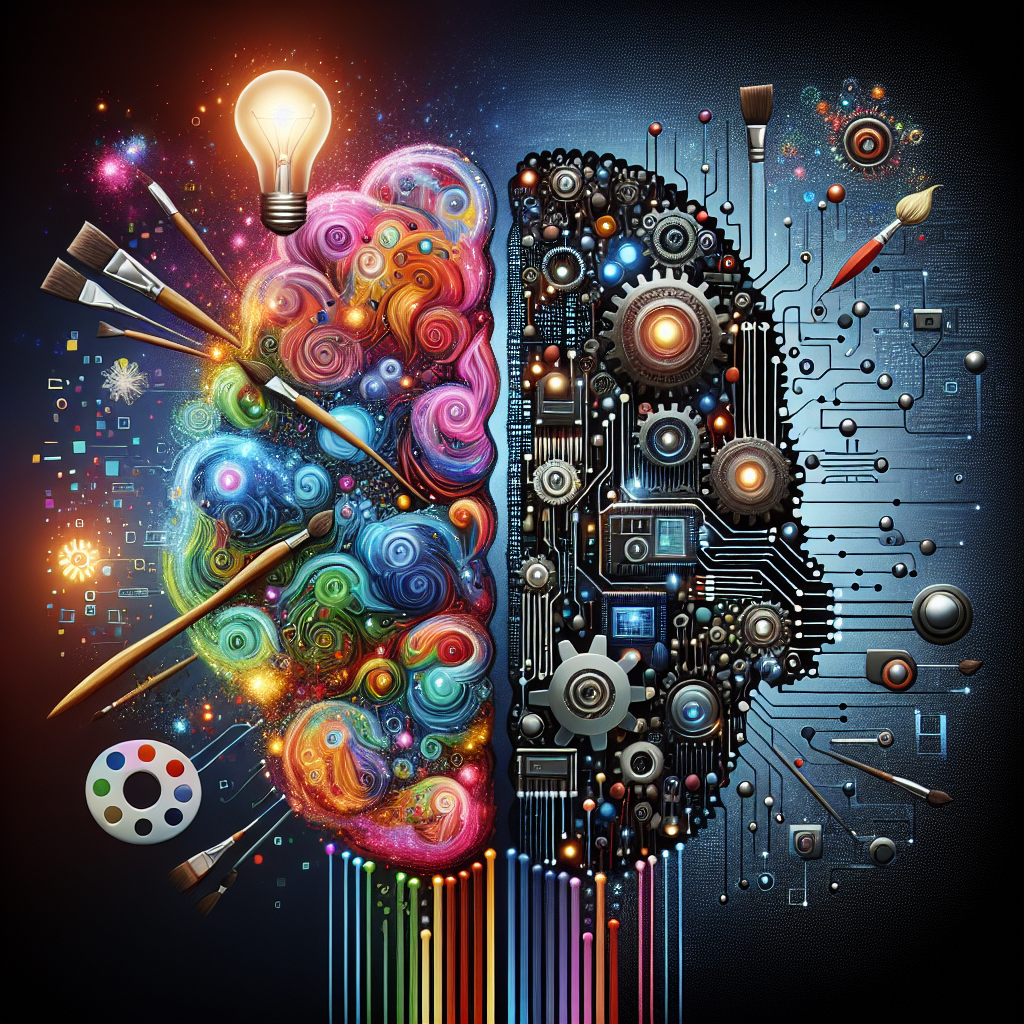Generative AI: Bridging the Gap Between Human Creativity and Machine Intelligence
Artificial intelligence (AI) has made significant advancements in recent years, with machines now capable of performing tasks that were once thought to be exclusive to humans. One area where AI has made particularly impressive strides is in the realm of creative expression. Generative AI, a subset of AI that focuses on creating original content such as art, music, and writing, is helping to bridge the gap between human creativity and machine intelligence.
Generative AI works by using algorithms to learn patterns and rules from large datasets of creative works, allowing it to generate new content that is both original and aesthetically pleasing. This technology has been used in a variety of creative fields, from generating realistic images and videos to composing music and writing stories.
One of the most well-known examples of generative AI in action is Google’s DeepDream, a program that uses neural networks to create surreal and psychedelic images by enhancing and modifying existing images. Another example is OpenAI’s GPT-3, a language model that is capable of generating human-like text based on a given prompt.
Generative AI is not only revolutionizing the creative process, but it is also challenging our understanding of what it means to be creative. While some may argue that creativity is a uniquely human trait, generative AI is proving that machines can also exhibit a level of creativity that rivals that of humans.
One of the key advantages of generative AI is its ability to generate large amounts of content quickly and efficiently. This can be particularly useful in industries such as advertising, where the demand for fresh and engaging content is constant. By using generative AI, companies can automate the creative process and generate a wide range of content in a fraction of the time it would take a human.
However, there are also concerns surrounding the use of generative AI, particularly in terms of copyright and intellectual property rights. Since generative AI creates new content based on existing works, there is a risk that it could inadvertently infringe on the rights of original creators. As such, it is important for companies and developers to consider these ethical implications when using generative AI technology.
Despite these challenges, generative AI holds great potential for the future of creativity and innovation. By combining the strengths of human creativity with the computational power of machines, generative AI is pushing the boundaries of what is possible in the realm of creative expression. As this technology continues to evolve, it will be exciting to see how it shapes the future of art, music, and storytelling.


Leave a Reply